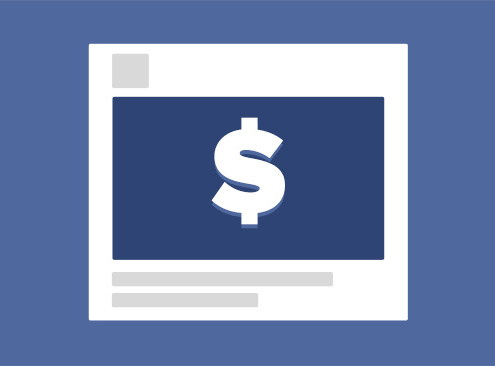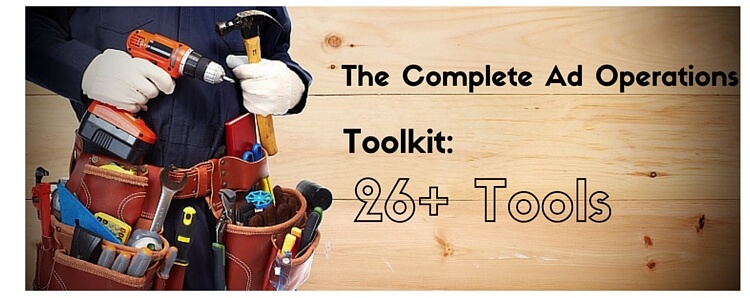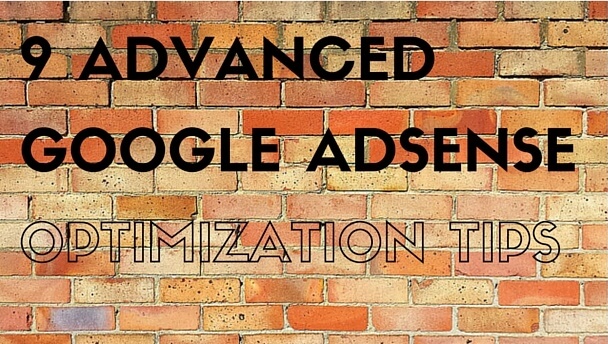What Native Ads Can Learn From Display & Banner Ads
What Native Ads Can Learn From Display & Banner Ads
As the buzz around native advertising has started to wear off, advertisers have become more aware of its strengths and weaknesses.
15 to 20 years ago, banner ads were in the same position as native ads today. They were fun, new and exciting. They had the special pixie dust around them that native ads had a few years ago, and advertisers were desperate to experiment with them at any cost.
Because of this similarity, we can learn a lot about native ads by looking back at the lessons we, as advertisers, learned from banner and display ads in the late 1990s.
Below, we’ve listed five banner and display-inspired lessons that you can (and should) apply to your native advertising strategy to maximize your campaign performance, improve your return on ad spend and avoid repeating the same mistakes many advertisers have made before you.
It’s all about performance
When marketing gurus tell you that big advertising budgets aren’t spent with results in mind, it’s best not to listen. At the end of the day, every advertising campaign boils down to figures inside a column, and return on ad spend (ROAS) has always been the metric by which ad campaigns are measured.
Remember that any form of advertising is all about performance. Optimize your native ads like you would a display or search campaign by split testing different ad creatives, pausing creatives and placements that underperform, and carefully tracking your campaign’s ROAS.
Sometimes, it’s better to be subtle
Just like many display advertisers prefer to be as loud as possible, many native advertisers take the “bigger and bolder is better” approach to advertising. They approach native advertising as if it were an opportunity to market aggressively, rather than an opportunity to be subtle.
Fighting for attention is a race to the bottom
Mention banner advertising to a crowd of non-marketers and you’re bound to hear at least one person mention how obtrusive and annoying banner ads are. The same person might even say that the annoyingness of banner ads motivates them not to click on any of them.
The decline in popularity of banner ads didn’t occur because they were intrusive — banner ads became intrusive because they were effective. As more advertisers discovered how effective a display campaign could be, they fought aggressively for attention.
If native advertising is overused, it could go down the same path. Instead of fighting to generate as much attention as possible, as the early banner advertisers did, it might be best to step back and focus on achieving results with as little as possible to prevent another race to the bottom.
Targeting and intent matter
Dig into the average Google Display Network campaign and you’ll notice that when the same or similar ads run on different placements, they generate very different results.
Even similar placements — for example, two websites about car insurance — can result in a very different return on ad spend. One placement might be highly profitable, while the other could be a poor performer that costs far more than it earns.
If you’re buying native ad space through a network, such as Taboola or Outbrain, your targeting options are slightly more limited. However, you can write your ad’s headline to directly speak to your target audience and reach the people most likely to produce a positive return on ad spend.
There’s value beyond direct results
The world’s first banner ad, which was served in 1994, had a clickthrough rate of 44%. That’s about 440 times the current average clickthrough rate for banner advertising, which is around 0.1%.
Over time, banner advertisers realized that impressions — ad views — were also valuable for brands. The more an ad was seen, the more likely it was to influence the viewer’s behavior, creating brand value for the advertising business.
There are two forms of value from native advertising. The first is a direct return on ad spend, which is easy to analyze shortly after you begin your campaign. The second is the exposure your brand gains, which, while not as easy to measure, is often just as valuable.
Do you use native advertising?
There’s a real first mover advantage in the world of marketing. When you’re the first brand in your industry to try a new advertising platform or marketing channel, you can gain a serious, measurable advantage over your competitors.
Does your company use native advertising? If you’re searching for a way to gain a marketing advantage over your competitors and produce a profitable return on ad spend in the process, use the five lessons above to launch your first native advertising campaign today.


 June 25th, 2021
June 25th, 2021




As I’m unable to add image to this post, I will try to show you the image in text from…